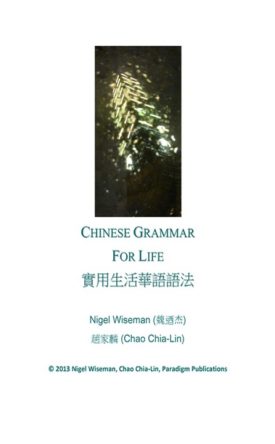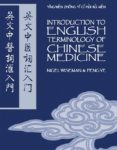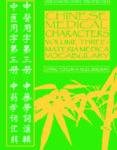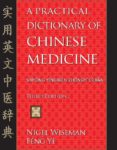Overview
Chinese Grammar for Life is a systematic grammar of Taiwan Mandarin, richly illustrated with examples from the real-life conversation. It provides an integrated picture of Chinese grammar that is somewhat lacking in the ad-hoc sentence-pattern approach adopted by many textbooks and by programs, while at the same time providing example sentences in Chinese with Pīnyīn transliteration and English translations to enable readers to communicate in the real world of 21st century Chinese life in Taiwan.
Chinese grammar in many ways is vastly simpler than that of any European language. It no no variations in word form, no complex conjugations, declensions or other inflections that must be painstakingly memorized before one can start to read texts or engage in conversation. It expresses grammatical relationships almost exclusively through syntax (word-order), which is mastered by studying sentence patterns and by gradual osmosis. Despite the apparent simplicity of Chinese, Western students often find its grammatical constructions quite alien and often fail to fully understand them through the often piecemeal presentation of basic patterns. Our approach is to provide a more integrated picture by relating patterns to the underlying features of the language from which its logic derives. We discuss principles rarely discussed in textbooks, such as the definiteness of subjects, double subjects, the varying nature of objects, and the formation of compounds between different functional elements of a sentence.
Most grammar books intended for the student of a foreign language present minimum vocabulary order to make the grammar more accessible to beginners. A disadvantage of this is that the grammar book loses its attraction to more advanced students. Grammar, in the widest sense, includes the formation of words. In Chinese, where the distinction between word, morpheme, and phrase is blurred, word formation requires greater attention than in Indo-European languages. For these reasons, we have made a wide and useful vocabulary that comprehensively embodies word formation patterns a feature of this text. In particular, we have included comprehensive lists of classifiers, separable VO compounds, and commonly used adverbials.
Unit 1, intended for any student who has mastered the construction of the Chinese script and some basic characters, firstly introduces the salient features of the language, such as Chinese as an isolating, subject-verb-object, and monosyllabic language, as well as many other characteristics that help students to understand the underlying logic of the language. It then follows with a brief overview of Chinese grammar according to word classes (parts of speech) and larger functional units (nominals, verbs, adjectives, adverbials, conjunctions) and grammatical constructions such as negative and interrogative sentences.
The remaining units (2–10) each focus on a particular part of speech or element of grammar and how it is integrated into sentences. We pay attention to the word-building patterns of the language, as well as the grammatical structures. We include discussions on the diachronic aspects of the language, which are particularly important in Chinese, on how Chinese is similar to and differs from English and other European languages, and on how Taiwan Mandarin differs from Pǔtōnghuà. We place great emphasis on the use of work-horse words such as 就 jiù, 才 cái, 於 yú, 如 rú, 給 gěi, which perform important grammatical functions.
Grammatical theory is exemplified through thousands of example sentences that richly reflect the patterns of everyday Chinese communication and cover numerous communicative situations. Students who prize practicality of expression over theoretical explanation will find the example sentences almost sufficient in themselves to gain mastery of Chinese grammar along with heaps of vocabulary that they are unlikely to get in the classroom.
Author Information
Nigel Wiseman
Translator: Ten Lecutres on the Use of Formulas from the Personal Experience of Jiao Shu De
Author: Chinese Grammar for Life, Chinese Medical Characters Volume 1 to 5, Chinese Medicine Grammar and Vocabulary, Concise Chinese Materia Medica, Fundamentals of Chinese Acupuncture, Fundamentals of Chinese Medicine, Grasping the Wind, Introduction of English Terminology of Chinese Medicine, Jin Gui Yao Lue, A Practical Dictionary of Chinese Medicine,.
Nigel Wiseman received his bachelors degree in simultaneous German and Spanish interpretation and translation from Harriot Watt University in 1976, and his PhD in Complementary Medicine from the University of Exeter in 2000. He resides in Taiwan where he is a faculty member at Chang Gung University. He is an editorial board member of the Journal of Chinse Medicine (ROC), The China Medical College Journal (ROC), and Clinical Acupuncture and Moxibustion Journal (UK). He serves on the terminological standards committees of the People’s Republic of China and the World Health Organization.
Visited 1495 times , 5 Visits today





This is an advanced text for those who seek mastery of the Chinese language.